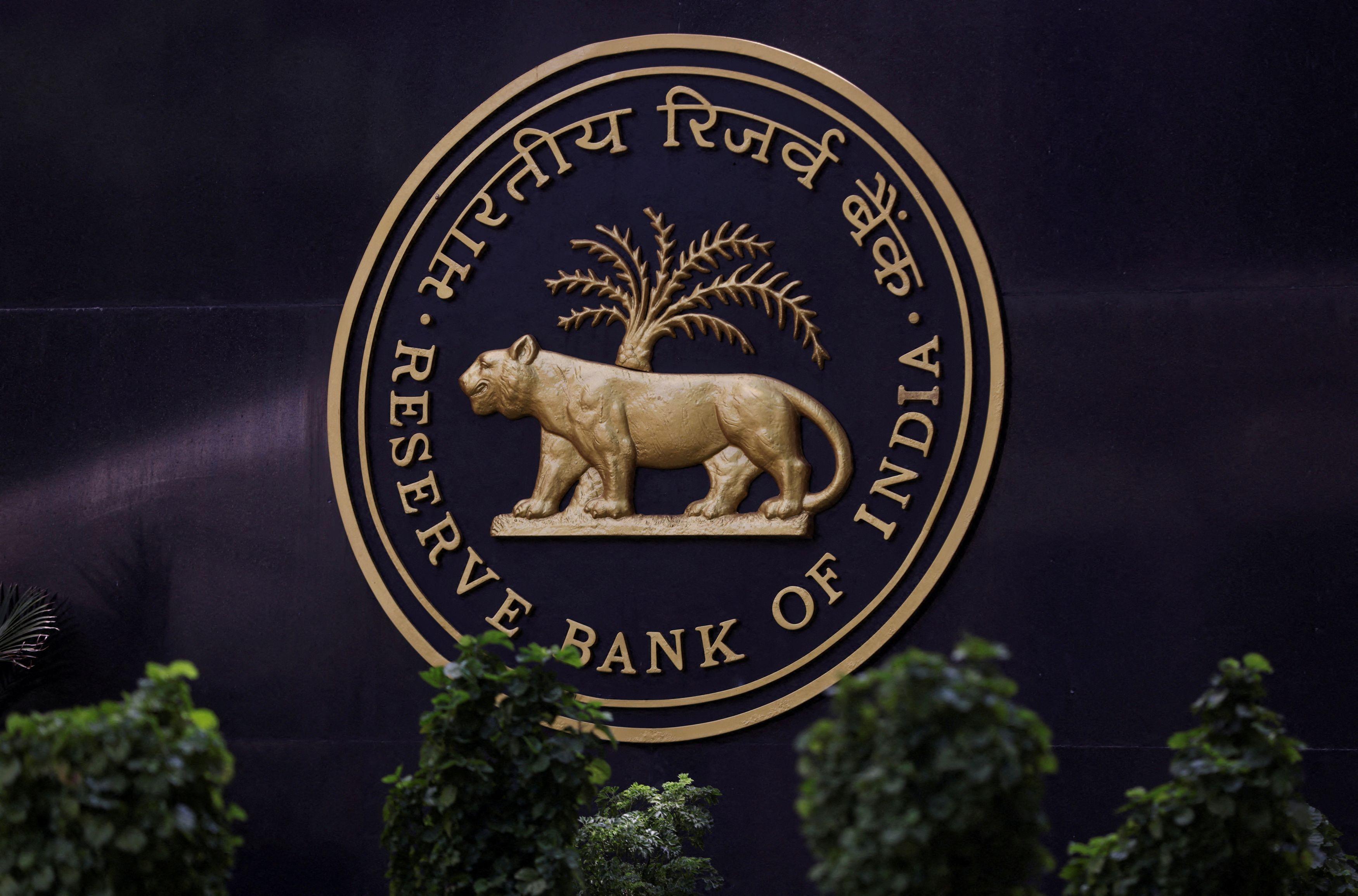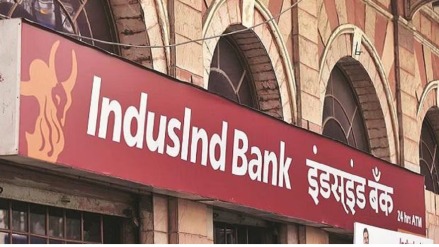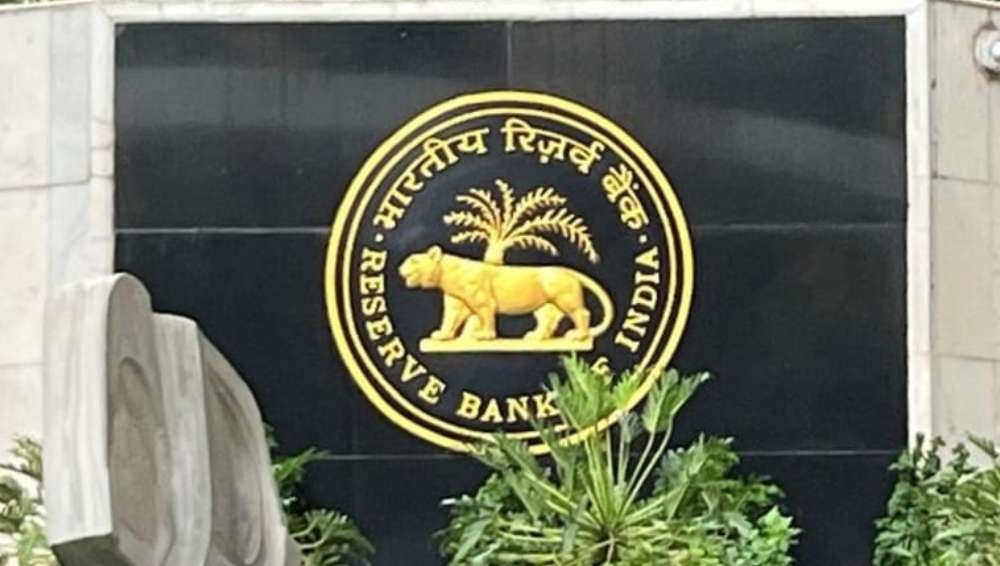 Image Source: Business Standard
Image Source: Business Standard
In a comprehensive policy update, the Reserve Bank of India (RBI) has outlined its evolving regulatory and monetary strategy, emphasizing a calibrated approach to financial stability, credit risk management, and economic growth. RBI Governor Sanjay Malhotra, speaking at the August 2025 Monetary Policy Committee (MPC) briefing and subsequent interactions, reaffirmed the central bank’s commitment to price stability while acknowledging the need for regulatory flexibility to support India’s growth momentum.
The announcements come amid a backdrop of record-low inflation, resilient GDP projections, and a robust external sector, with the RBI preparing to issue draft guidelines on credit risk and Expected Credit Loss (ECL) provisioning.
Key Highlights from the RBI’s Policy Communication
Draft guidelines on credit risk and ECL provisioning to be released shortly, marking a shift from the Incurred Loss Model to a forward-looking framework
Monetary policy will continue to prioritize price stability, with repo rate held at 5.50 percent in the August MPC meeting
RBI asserts that financial and price stability are growth-enabling, not growth-inhibiting
India’s external sector remains comfortable, with the current account deficit well within sustainable limits
Banks’ cash balances stood at ₹9.94 trillion on August 24, while ₹5.33 billion was borrowed via the Marginal Standing Facility (MSF)
Credit Risk and ECL Reform: A Structural Overhaul
Transition to Forward-Looking Provisioning
RBI is preparing to issue draft norms for the adoption of the Expected Credit Loss (ECL) model, replacing the reactive Incurred Loss Model
Under ECL, banks will assess credit risk at loan origination and provision for potential losses proactively
The framework aligns Indian banking practices with global standards such as IFRS 9, improving transparency and resilience
Implications for Banks
Banks will need to upgrade internal risk models and data systems to comply with ECL requirements
Short-term provisioning may rise, but long-term balance sheet strength and shock absorption capacity will improve
The guidelines are expected to be finalized by late 2025, with phased implementation beginning April 2026
Monetary Policy and Growth Calibration
RBI retained its neutral stance in the August MPC meeting, keeping the repo rate unchanged at 5.50 percent
Headline CPI inflation fell to 2.1 percent in June, the lowest in 77 months, prompting a wait-and-watch approach
The central bank reiterated its dual mandate: price stability as the primary objective, with growth considerations embedded in policy design
Governor Malhotra emphasized that stringent regulations must not stifle economic expansion, calling for a balanced regulatory architecture3
Liquidity and Banking Sector Snapshot
On August 24, banks held cash balances of ₹9.94 trillion, reflecting ample liquidity in the system
₹5.33 billion was borrowed via the MSF, indicating marginal overnight funding needs
The MSF rate remains at 5.75 percent, with the Standing Deposit Facility (SDF) rate at 5.25 percent
RBI’s liquidity management continues to rely on symmetric corridor operations, balancing absorption and injection mechanisms
External Sector and Fiscal Strength
India’s current account deficit remains well-contained, averaging 1.0 percent of GDP in H1 FY25
Strong services exports, remittance inflows, and moderated oil prices have supported external stability
The government’s fiscal position is described as robust, with capital expenditure and revenue buoyancy driving macroeconomic resilience
RBI noted that external debt-to-GDP ratios and foreign exchange reserves remain healthy, providing buffers against global volatility6
Conclusion
The RBI’s latest policy signals reflect a nuanced approach to reform—one that balances regulatory modernization with macroeconomic pragmatism. As the central bank prepares to roll out ECL guidelines and fine-tune its liquidity operations, its commitment to financial stability, price discipline, and inclusive growth remains firmly intact. With inflation subdued and growth resilient, India’s monetary and regulatory architecture appears well-positioned to navigate the evolving global landscape.
Sources: Reuters, Times of India, Economic Times, Business Standard, Zee Business, PIB, RBI Annual Report 2024–25, Brickwork Ratings.
Advertisement
Advertisement






